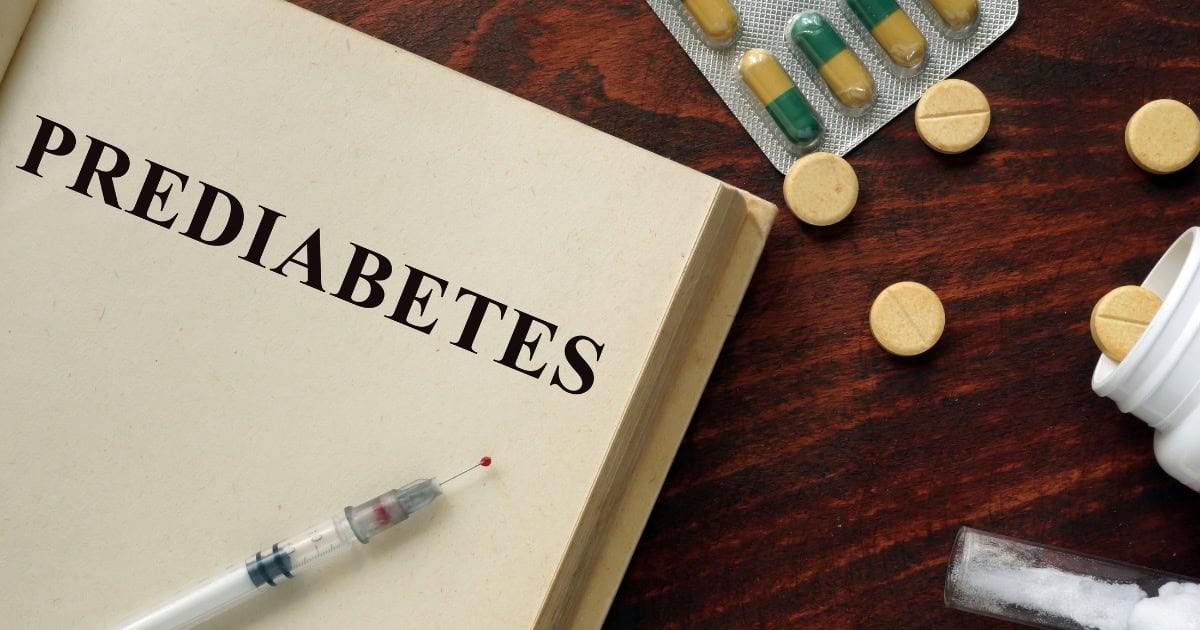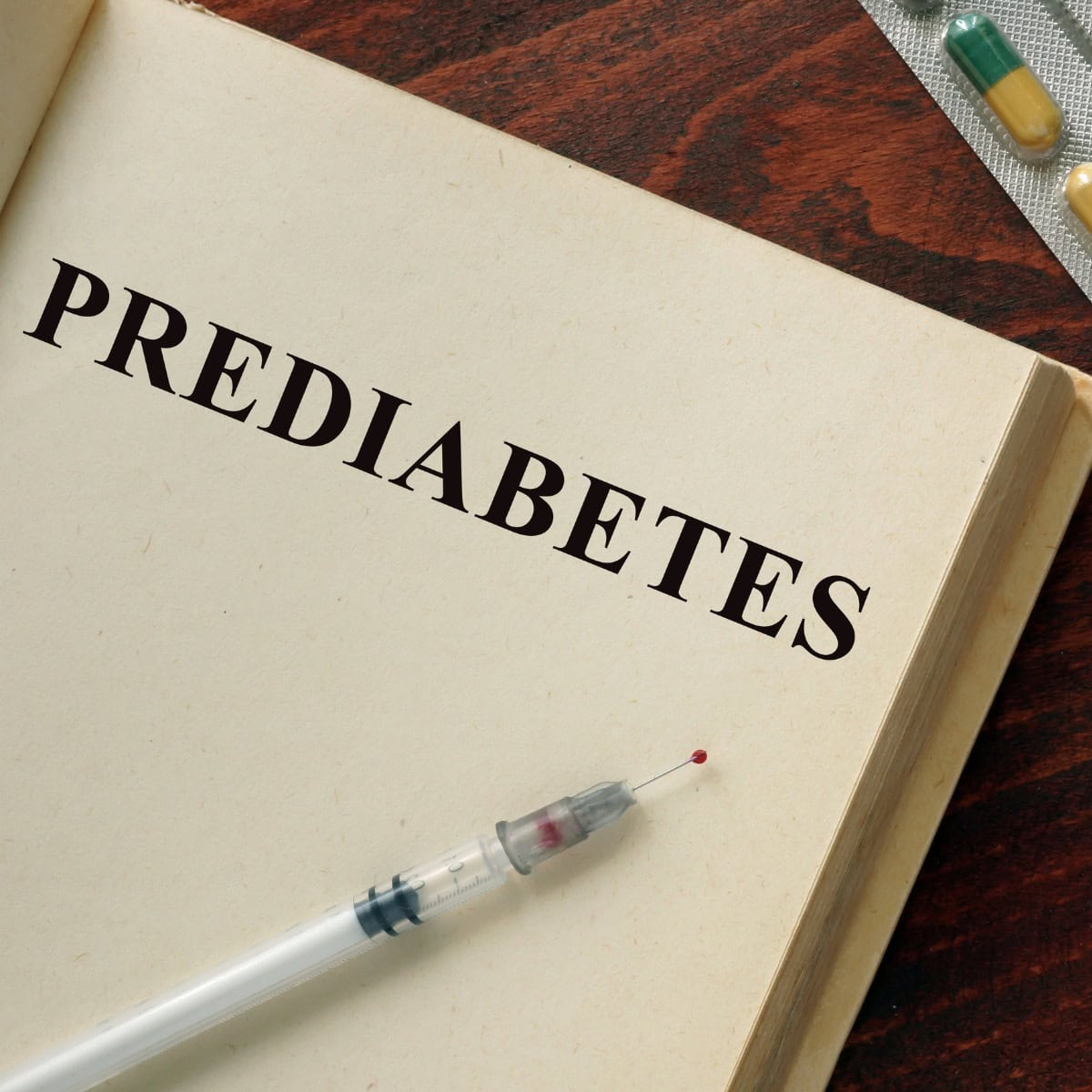[ad_1]
Prediabetes is a growing epidemic in the United States, affecting more than one in three adults.
The good news, however, is that prediabetes is reversible. We sat down with Venus Jones, an avid fitness enthusiast and marathon runner who successfully reversed her prediabetes, to learn more.

Blood sugar levels to diagnose prediabetes are the following:
- Fasting blood sugar: 100 to 125 mg/dL (5.6 to 6.9 mmol/L)
- Blood sugar 2 hours after a meal: 140 mg/dL to 199 mg/dL (7.8 to 11.1 mmol/L)
- HbA1c (A1c): Between 5.7 to 6.4 percent
Learn more in: What Are Normal Blood Sugar Levels?
Prediabetes is dangerous because many cases can eventually develop into type 2 diabetes in a few years without intervention. Additionally, the condition often does not have noticeable symptoms. More than 80 percent of people who have prediabetes do not know that they have it.
Table of Contents
What was your journey being diagnosed with prediabetes? What were your initial reactions and feelings?
Jones says,
“My journey started back in 2017 when my doctor told me I had an A1c of 5.9 percent and that I was prediabetic. I was shocked and thought it had to be a mistake. It wasn’t something that I was unfamiliar with. Most of my family members on my mother’s side already had type 2 diabetes and were either on oral medication or insulin-dependent.”
She continues,
“I was confused because I was so active. I was running an average of one to two marathons a month and doing obstacle course racing in between running. How could I have high blood sugar? My doctor didn’t seem to think it was a big deal, asking that I cut back on my desserts.”
What motivated you to take steps toward reversing your prediabetes?
Jones says,
“I was worried that my family history would play a factor in having type 2 diabetes. I thought to myself, ‘Everyone in the family is thin and doesn’t look like your stereotypical ‘diabetic.’ There must be more to this than just eating junk food or drinking sodas since my diet didn’t consist of those things. I wanted to learn more about why this was happening and if I could make changes in my lifestyle and diet that would help keep me off medication.”
For Jones, exercise was not an issue. She regularly ran marathons, and at the time of this interview, she had already completed over 30 marathons, 50 half-marathons, 53 Spartan races, and many 10K and 5K races.
What specific changes did you make in diet and physical activity?
For Jones, the biggest changes were the hardest.
She says,
“I think the biggest changes in my diet have been reducing the amount of fast food and sugary drinks I have regularly. I’ve also reduced my dinner portions but have mostly reduced the amount of rice, noodles, and pasta I have several hours before bedtime. I also work out at least five times a week.”
How did you stay committed to these lifestyle changes over time?
For people looking to reverse prediabetes, consistency is key. Elevated blood sugar levels will not go down (and stay down) overnight. Lasting and sustainable changes require a commitment to a healthier lifestyle.
Jones says,
“Once I saw positive results from my efforts, I became more motivated to keep it up. It became more of a lifestyle change. If I wanted a piece of cheesecake I would order it, but eat it in three servings instead of a single serving so I never felt deprived.”
For people with prediabetes, making small adjustments to diet and exercise can be enough to reverse the condition and prevent type 2 diabetes. Small changes matter.
Jones notes that it was helpful to share her diagnosis with friends who have diabetes. Connecting with others, creating community, and sharing resources can be very encouraging when you’re first diagnosed with prediabetes.
She says,
She continues,
“Although [my friend] was worried I would be overwhelmed by the CGM data, I jumped at the opportunity. I tried so many different foods — fast-food burgers, fries, Frappuccinos, Asian food with rice and noodles, and desserts. I learned that eating certain types of foods at different times of the day affected my blood sugar differently. From that data, I was able to make changes in what I ate and what time I would eat it.”
What were some of the biggest challenges you faced during your journey?
Reversing prediabetes can be straightforward but isn’t always easy.
Jones says,
“Learning moderation instead of deprivation was the hardest for me. At first, I would deprive myself of things I loved to eat because I thought that would be a quick fix. Just like any diet, it wasn’t sustainable. I learned that balancing what I wanted in moderation worked well and was much easier to maintain long-term.”
Were there any medications or pieces of medical advice that you found especially useful or not useful?
Jones reversed her prediabetes without using any medications, relying solely on exercise and improving her eating habits over time. While sometimes medications can prove helpful, they are typically not necessary for reversing prediabetes.
Speak with your doctor if you’ve recently been diagnosed with prediabetes and are interested in medications to assist you in your journey to reversing it.
See more in: Prediabetes Medication: What Are the Options?
How has reversing prediabetes impacted your health and quality of life?
Jones’s quality of life has greatly improved since reversing her prediabetes.
She says,
“I think it has made me more aware of the long-term benefits of my daily habits. Reversing prediabetes isn’t a quick fix, and understanding food not only helps with your short-term health but provides a foundation for long-term health and quality of life as you get older. I’ll have fewer complications of diabetes … in the long run as well.”
What health markers (like blood sugar levels, weight, or blood pressure) have improved as a result?
Jones says,
“Ever since I took the steps to make changes in my diet and lifestyle, my blood sugar levels have been in range and my A1c has been in the normal range for seven years straight!”
Reversing prediabetes is possible!
See more in: What Is the Most Effective Way to Reverse Prediabetes?
What advice would you give to someone who is currently facing a prediabetes diagnosis?
Jones emphasizes the importance of incremental change. She says,
“Focus on small changes. It may seem overwhelming at first to change your diet [for example], but if you start by making small changes it’s easier to build off that.”
Are there any misconceptions about prediabetes that you would like to address?
Jones agrees that there is a lot of stigma around prediabetes and type 2 diabetes.
She says,
“Type 2 diabetes does not only happen to people who are overweight, don’t exercise, or eat junk food all day long. It can happen to slim, active people who may be more genetically inclined to have type 2 diabetes.”
How do you plan to maintain your health going forward?
Jones says,
“I will continue to manage what I eat, make smarter choices with food, and continue to exercise regularly.”
While reversing prediabetes is possible, it does not change your family history, genetic makeup, or other risk factors that you may be born with, which still leaves you at an elevated risk for developing prediabetes or type 2 diabetes in the future.
Consistency is key: Eating healthfully, exercising regularly, seeing your doctor at least annually, and maintaining your weight are crucial steps you should take to maintain your health.
Read more in: 10 Effective Changes You Can Make to Help Reverse Prediabetes Fast.
What changes, if any, will you continue to implement long-term?
Jones says,
“So far what I’ve been doing has worked for me so I will continue maintaining the same choices long-term until I need to make new adjustments.”
Final thoughts
Venus Jones’s story illustrates that even people who lead active lifestyles can face unexpected health challenges. By making targeted dietary changes and maintaining a consistent exercise routine, she was able to bring her blood sugar levels back to a normal range and improve her overall health.
While prediabetes can be a daunting diagnosis, it also provides an opportunity to make positive changes that can enhance your quality of life.
It’s important to start with small changes, seek support, and stay committed to a healthier lifestyle. By doing so, it’s possible to prevent the progression to type 2 diabetes and improve long-term health outcomes.
Stay informed, stay motivated, and take proactive steps toward a healthier future.
Diabetes Strong has strict sourcing and citation guidelines, outlined in our Editorial Policy. We only use trustworthy sources, including peer-reviewed studies, medical associations, government agencies, academic research institutions, board-certified medical experts, and patients with lived experience.
[ad_2]
Source_link

